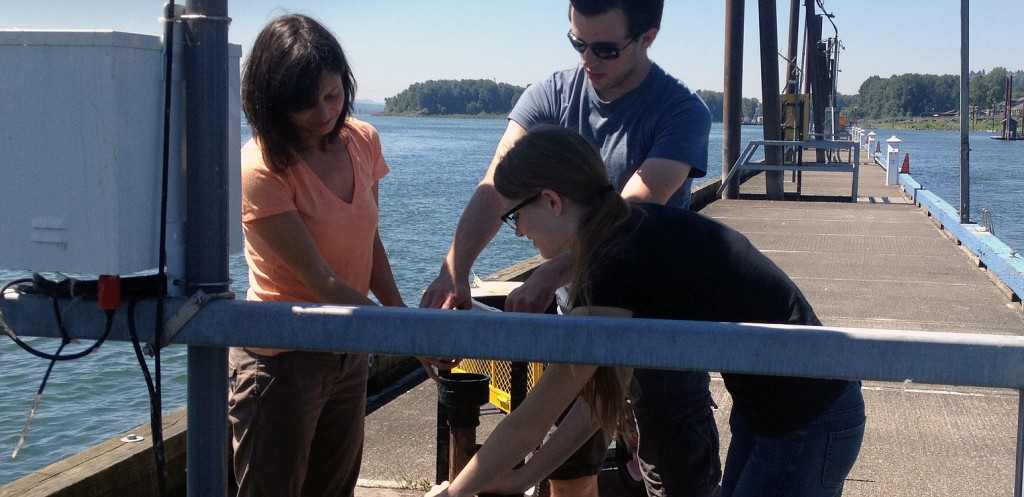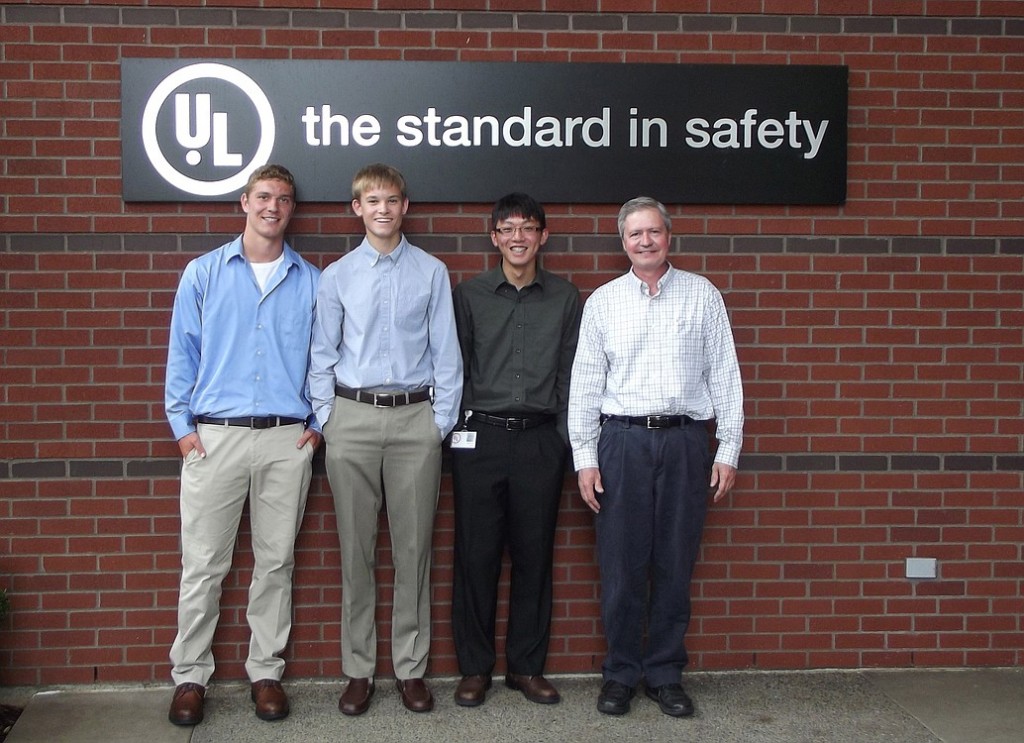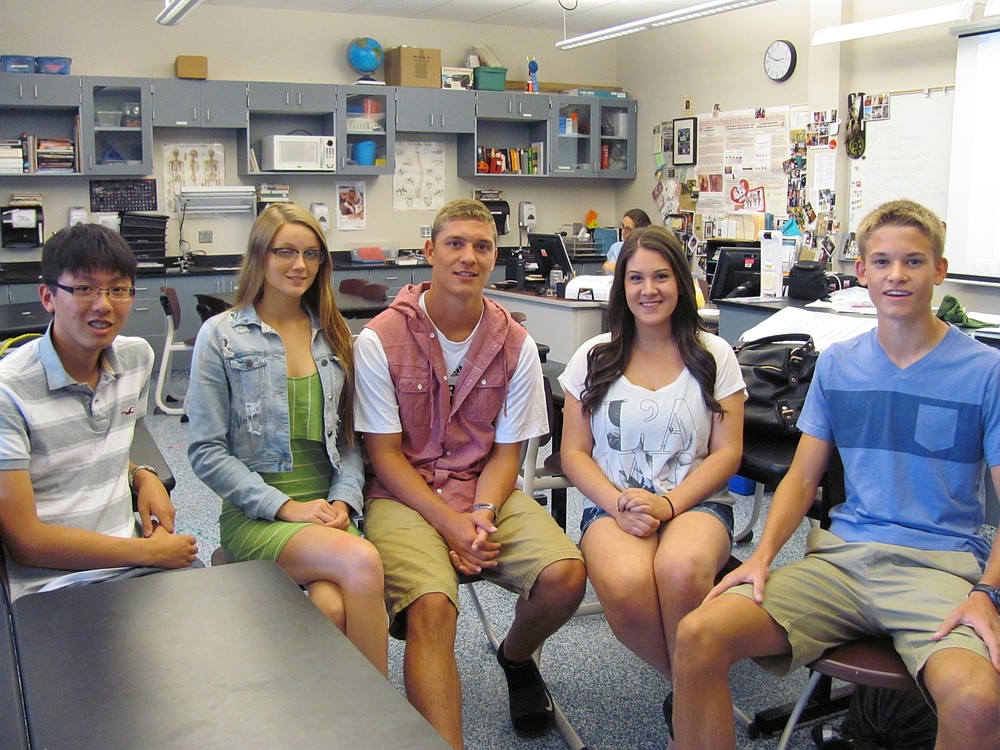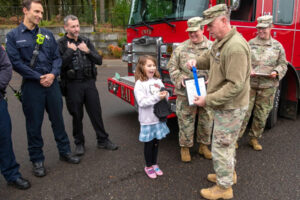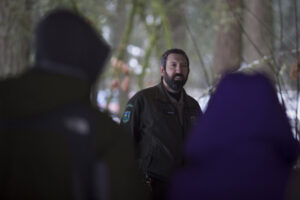While some teens were spending their summer kicking back with friends, others were working up to 40 hours per week in professional internships.
These students, from the CHS Math, Science and Technology Magnet program, worked at internships ranging from designing a program at Underwriters Laboratories to spending time in the operating room of a plastic surgeon’s office, to measuring the health of local waterways.
The internship program was spearheaded by CHS Magnet teacher Ron Wright and community volunteer/business organization developer Chad Stewart four years ago, as a way for students to gain real-world experience in potential future careers before going to college.
Students are paired with businesses or experts in various fields and also had mentors.
“It’s a great opportunity to shine and thus get an excellent reference to use in their college applications,” Wright said. “(They have) experience that shows, proof positive, that they can make a positive difference, even at a young age, in the world.”
Kim Newman, a magnet program teacher who helped coordinate the internship program this past summer, added that students were challenged to create solutions to real issues.


